m1nd-set introduces new customer profiling service to improve airport marketing strategies
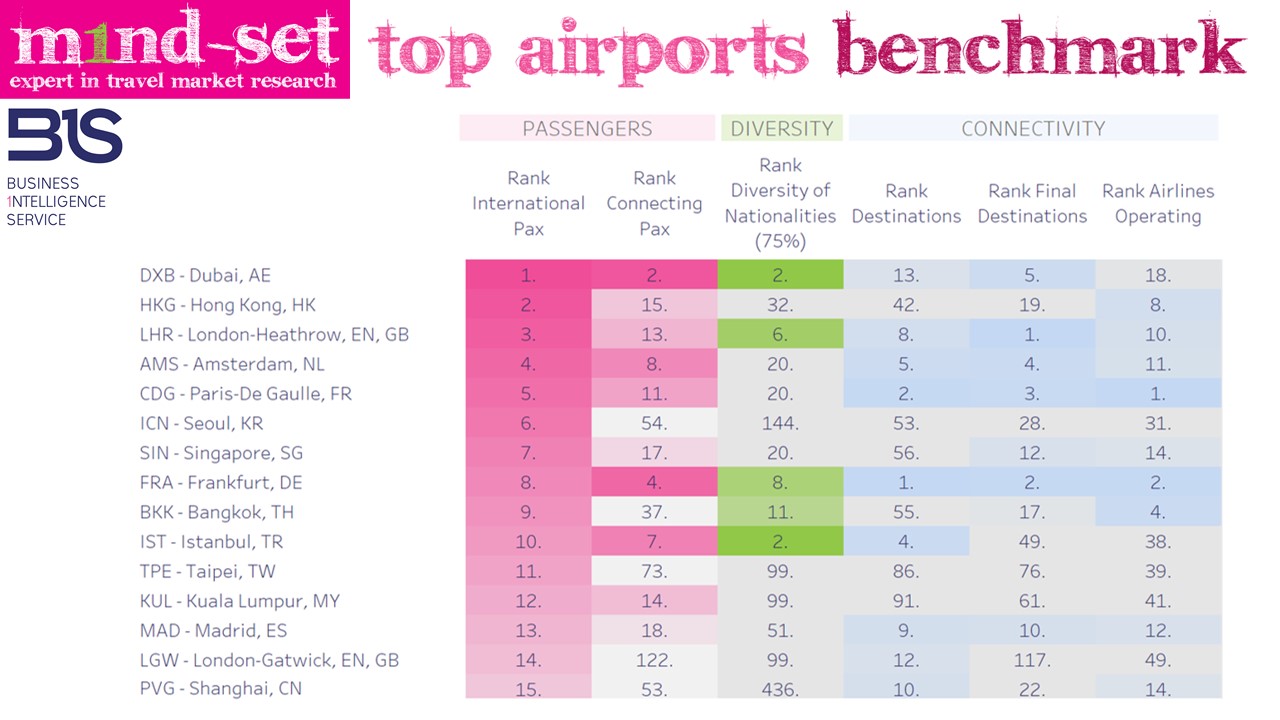
m1nd-set has launched a new passenger profiling tool through its Business 1ntelligence Service to help travel retail marketers improve their marketing strategies in airports
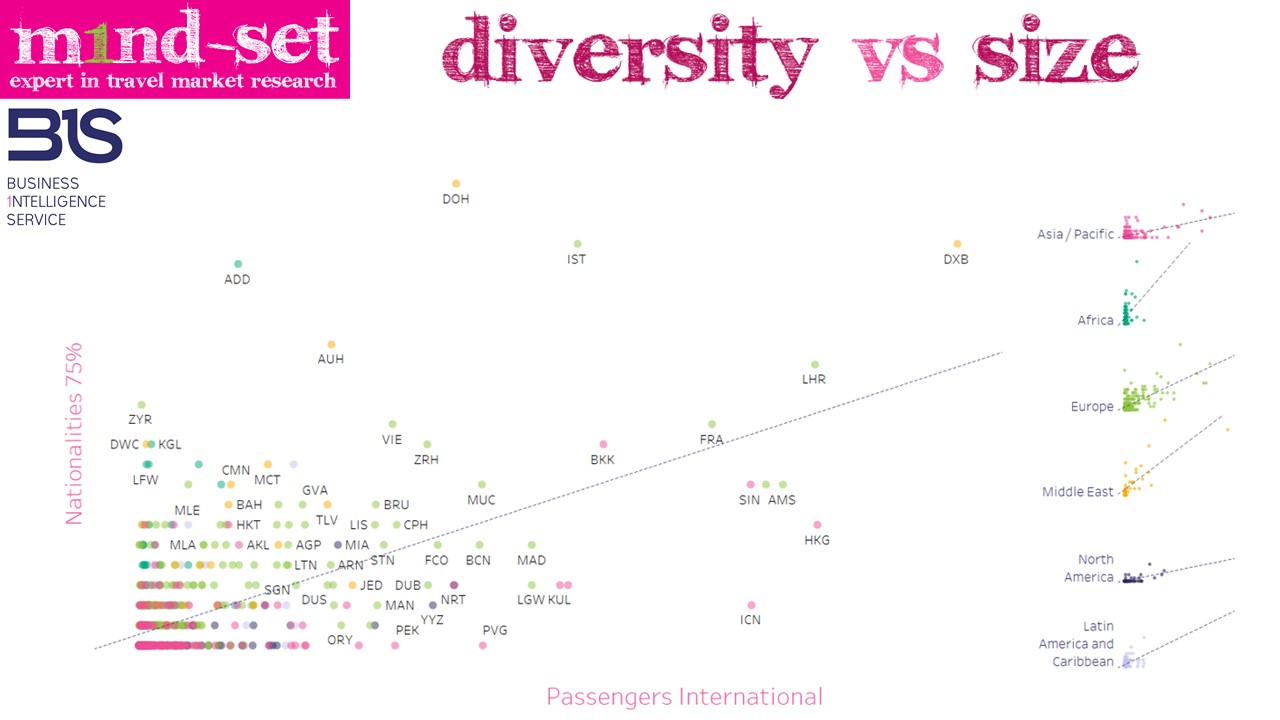
m1nd-set’s new passenger profiling tool helps to capture information such as the diversity of profile
Swiss travel research agency m1nd-set revealed that some of the world’s leading airports rank significantly lower on the airport diversity scale, especially in the case of Asia and North America.
The agency said that this information is helpful for marketers as it enables them to understand the positive and negative correlations between airports by diversity and the satisfaction or spending levels and other duty-free behavioral trends.
According to m1nd-set, these insights were derived from their newly launched passenger profiling tool, which is part of its Business 1ntelligence Service (B1S). The tool aims to help travel retail marketers improve their marketing strategies at individual airports by providing a better understanding of the nationalities mix, reach of destinations, airline mix as well as origin and destination combination.
Through the analysis tool, B1S subscribers will understand the conversion at airports based on their passenger mix and diversity of profile. Diversity profile refers to the number of nationalities traveling through an airport and the number of final destinations reached from an airport.
Beyond that, the new service can also draw concrete and relevant conclusions on the correlation between airports by level of diversity and shopper spending behaviour based on the extensive scale of B1S’ data from over 100,000 interviews with passengers at airports and comprehensive air traffic database.
B1S Director Pablo Saez-Gil explains: “The new service enables marketers to plan marketing campaigns with far greater understanding of the passenger mix. Looking at airports by sheer size alone is not enough. It is no longer all about the numbers, but how these numbers then break down into passenger profiles by destination, taking into account the connectivity ratios at each airport.”
“Hub and spoke airports have very different passenger profiles as well as numbers. International hub airports vary in passenger type, based on the concentration of nationalities, number of destinations and even final destinations, for passengers connecting more than once. All these variables create quite different scenarios when we analyze the passenger satisfaction scores, shopping behaviour and overall spend. We can see for example that the more diverse and cosmopolitan airports do not necessarily have a higher average spend in the duty-free shops.”
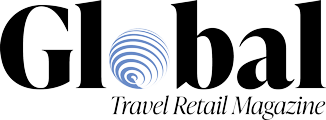

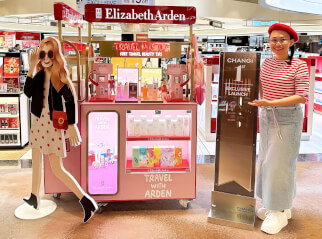


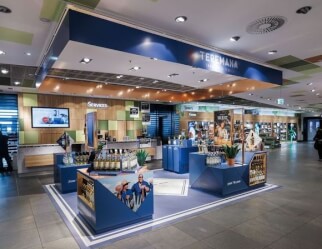

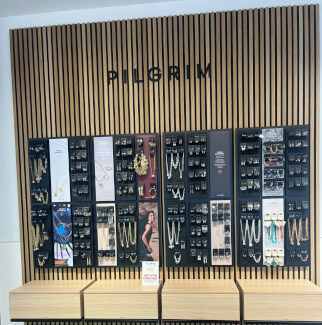
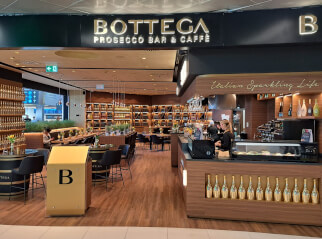
.jpg?&resize.width=322&resize.height=483)
